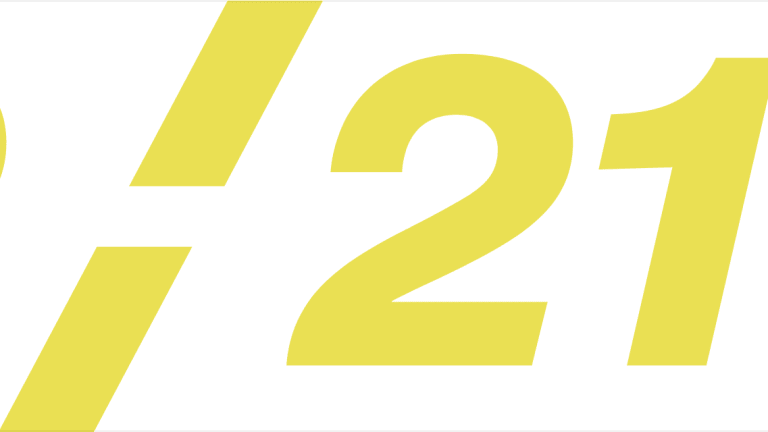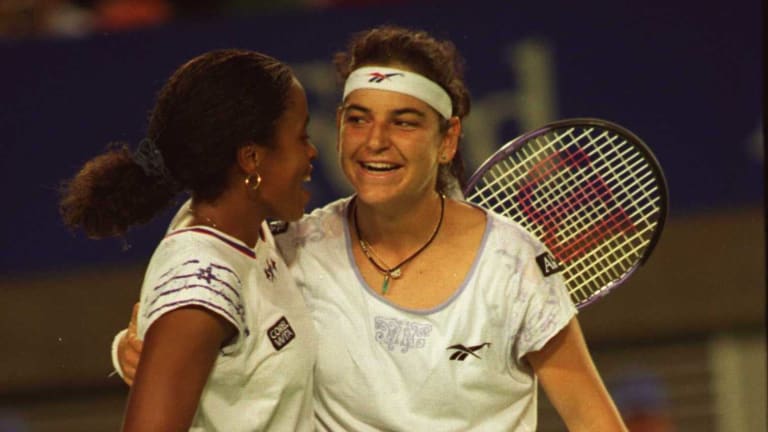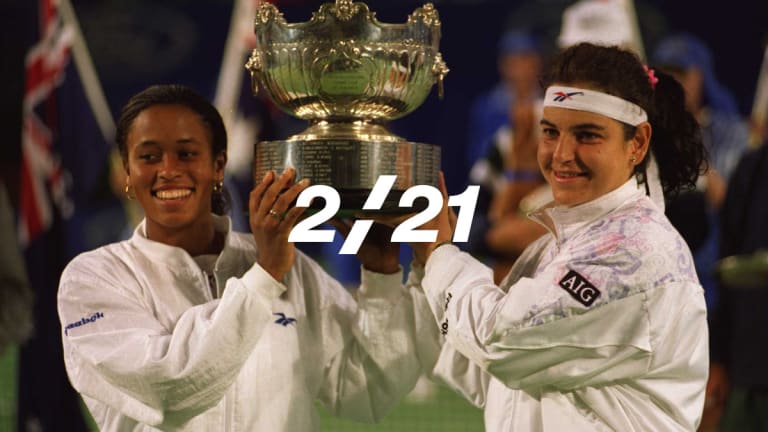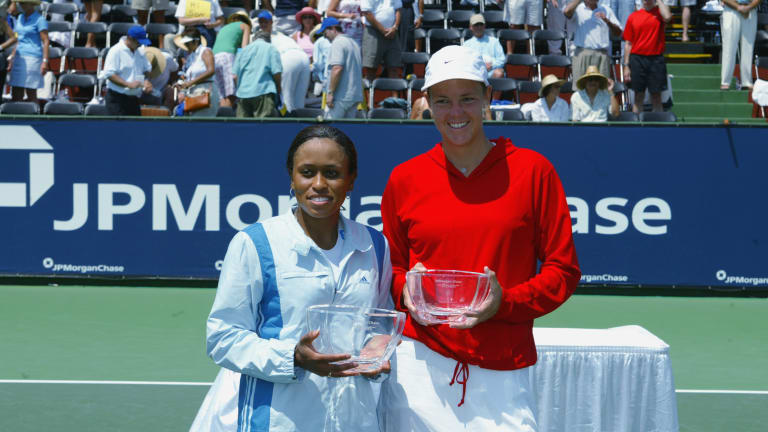Australian Open
The 2/21: Davenport and Rubin ruminate on their 1996 Aussie Open final
By Feb 17, 2021Australian Open
Five things to watch for on AO Day 4: A well-behaved Alcaraz, Sabalenka's net rushes
By Jan 20, 2026Australian Open
Mirra Andreeva, Victoria Mboko, Iva Jovic: Making the cases for each top teen
By Jan 20, 2026Australian Open
Telling himself "it's okay to lose" to Gael Monfils, Dane Sweeny closes showman's AO chapter
By Jan 20, 2026Australian Open
Playing through injuries, Taylor Fritz blames short off-season for slow start at Australian Open
By Jan 20, 2026Australian Open
Janice Tjen speaks softly, carries big slice to make history again for Indonesia at Australian Open
By Jan 20, 2026Australian Open
Madison Keys makes winning Australian Open return, but Oleksandra Oliynykova steals the show
By Jan 20, 2026Australian Open
Casper Ruud has ringer "on all hours of the day" for pregnant wife's call to leave AO, hurry home
By Jan 19, 2026Australian Open
Ben Shelton and Taylor Fritz, the top two U.S. men, have high expectations in Australia, and in 2026
By Jan 19, 2026Australian Open
Stan Wawrinka shows power of converting nerves to confidence in winning start at final Australian Open
By Jan 19, 2026The 2/21: Davenport and Rubin ruminate on their 1996 Aussie Open final
It's been 25 years since the Americans faced off against each other in doubles. Cue a trip down memory lane.
Published Feb 17, 2021
Advertising

The 2/21: Davenport and Rubin ruminate on their 1996 Aussie Open final
Advertising

The 2/21: Davenport and Rubin ruminate on their 1996 Aussie Open final
© Getty Images
Advertising

The 2/21: Davenport and Rubin ruminate on their 1996 Aussie Open final
© Getty Images
Advertising

The 2/21: Davenport and Rubin ruminate on their 1996 Aussie Open final
© Getty Images